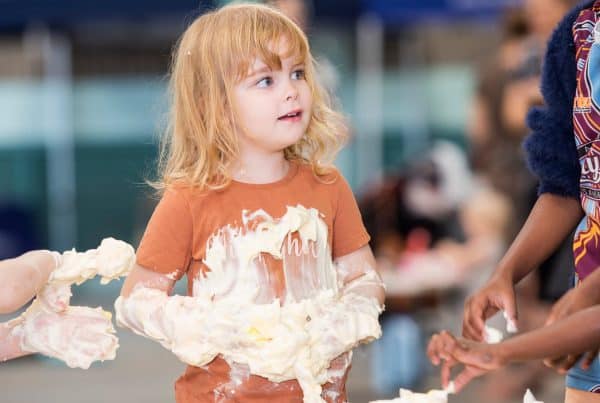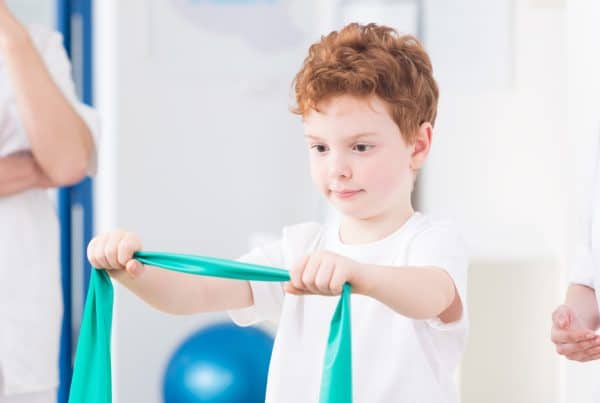Did you know statistics show that approximately ten children under the age of five drown in Queensland each year, and that drowning is the top cause of death for children under five?
This is an alarming rate! So, let’s talk about water safety and how to manage an emergency.
North Queensland, with its warmer climate, is the perfect place to spend time around and in water. Lots of fun and great times are had in swimming pools, at the beach, or those lovely freshwater swimming holes.
But drowning also happens in lakes, rivers and dams, and in baths and buckets around the home.
Children have a fascination with water, and especially babies and toddlers are at a higher risk of drowning as their body shape makes them top heavy. If a baby falls into shallow water, they can’t always lift themselves out. Drowning is quick, silent, and deadly, and it only takes 20 seconds and a few centimeters of water.
The Number One Rule
The number one rule is constant supervision, never taking your eyes off children even if they can swim. Keep your child in arm’s reach and avoid distractions like answering your mobile phone or answering the door.
Do not leave older children under the age of 16 to supervise the younger ones. When at the beach, make sure there is always an adult supervising children.
Swimming Lessons
Swimming lessons are invaluable and highly recommended for all children. Not only does swimming as a form of exercise keep a child’s heart and lungs healthy, but it also improves strength and flexibility. Lessons and discussions on water safety build confidence and familiarity and set rules in a variety of locations.
Restrict Access to Water
Restrict access to water by fencing pools and using safety barriers. Make sure pool gates are locked and regularly check the safety latch is in good working order. Empty bathtubs, buckets, and wading pools immediately after use. When at the beach, read safety signs and swim between the flags.
Teach your child when going to a dam, river, or creek that an adult must be with them at all times.

Learn First Aid and CPR
Attending a first aid course and learning cardiopulmonary resuscitation (CPR) is the only way to know what to do when managing an emergency around water. CPR helps keep the blood circulating and delivers oxygen to the body until help arrives. It’s a good idea to update first aid skills every three years and also update your CPR each year.
Memorise The DRS ABCD
Lastly, the acronym DRSABCD outlines the essential action plan.
- D is for Danger – Do not put yourself in danger when trying to rescue a child. If more victims are added, first aid becomes unmanageable.
- R is for Response – Look for a response in the child. Call the child’s name, rub their hand, or give their shoulder a squeeze.
- S is for Send for help – Call 000, stay with the child and shout to alert anyone nearby. Put your smartphone on loud speaker and listen to instructions given by the communications centre. They will stay with you until help arrives.
- A is for Airway – Check the airway by opening their mouth and clearing any debris using your fingers.
- B is for Breathing – Look for the rise and fall of the chest, listen at the mouth for normal signs of breathing and feel for air against your cheek. Do this for 10 seconds and if the child is breathing, place them in the recovery position.
- C is for Compressions – Start chest compressions if the child is still not breathing. Place the child on their back and kneel beside them. 30 compressions followed by 2 breaths at the rate of 100-120 compressions per minute. Breaths are optional. Press down firmly to about a third of the depth of the chest – 4cms for infants. Continue until the Queensland Ambulance Service arrives.
- D is for Defibrillation – A defibrillator or AED (automated external defibrillator) is the next step if the child is still unconscious and not breathing. Normally not available in the home, these devices are available in many public areas and are easy enough for a child to use. When the ambulance arrives, a Paramedic will attach pads to the child immediately.
Resources
These instructions are no substitute for a CPR course, so contact a local service provider. An excellent website for water safety in Queensland is the Laurie Lawrence campaign ‘Kids Alive.’ This website provides a Kids Channel, Parents Library, and a Teacher Hub.





